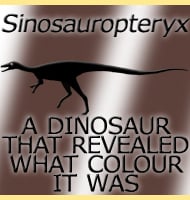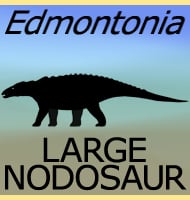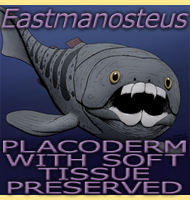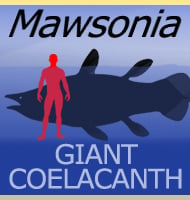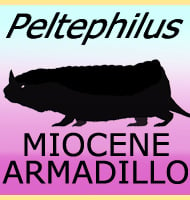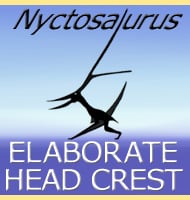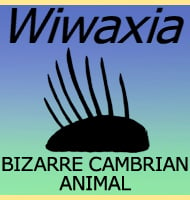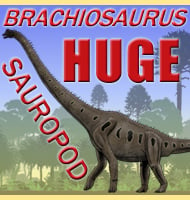In Depth
Medusaceratops acquired its name from the way that the upper horns on the frill curve downwards, which gave the vague of impression of the snakes that rise out of the head of Medusa in Greek mythology. Medusaceratops was initially described as a chasmosaurine ceratopsian dinosaur, the kind with a very large neck frill instead of enlarged brow horns. However, later studies, confirmed by the discovery of new fossil material have revealed that Medusaceratops is in fact a centrosaurine ceratopsian dinosaur, the kind with overly developed horns instead of a neck frill.
Like other ceratopsian dinosaurs, Medusaceratops was a quadrupedal herbivore browsing upon low growing vegetation. Other herbivorous dinosaur around at the same time and locations as Medusaceratops would have primarily consisted of hadrosaurs, ankylosaurs and nodosaurs, while predatory threats would have principally come from tyrannosaurs and also dromaeosaurs, especially when younger.
Further Reading
– A new chasmosaurine ceratopsid from the Judith River Formation, Montana. – New Perspectives on Horned Dinosaurs: The Royal Tyrrell Museum Ceratopsian Symposium. Indiana University Press, Bloomington 181-188. – M. J. Ryan, A. P. Russell & S. Hartman – 2010. – New material and systematic re-evaluation of Medusaceratops lokii (Dinosauria, Ceratopsidae) from the Judith River Formation (Campanian, Montana). – Journal of Paleontology. – Kentaro Chiba, Michael J. Ryan, Federico Fanti, Mark A. Loewen & David C. Evans – 2018.

